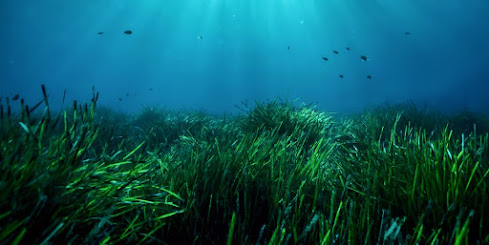 |
| Aitor Payros Credit: Unai Zorriketa. UPV/EHU |
The Department of Geology of the UPV/EHU has examined sediments dating back 56 million years in the Tremp-Graus basin (on the border between Lleida and Huesca). It can be deduced from the study that the global warming episode at that time consisted of three phases in which the distribution of precipitation was different. The data from the study can be used to adjust mathematical models used to predict the effects of current climate change.
Major carbon emissions into the atmosphere and oceans took place 56 million years ago; that led to intense global warming known as the Paleocene-Eocene Thermal Maximum, and is regarded as an ancient analogue of today's anthropogenic warming. “Although the origin or cause of the warming at that time was different, the process was very similar to today’s warming, so it is considered to be similar to today's global warming. The climate is known to have warmed, but other alterations besides warming may occur with climate change. In particular, we wanted to analyze how the hydro-climatic conditions in terms of rainfall changed at that time,” said Aitor Payros, who gained a PhD in Geology at the UPV/EHU.
The UPV/EHU’s Department of Geology has investigated the mid-latitude alluvial and hydro-climatic changes recorded in the Tremp-Graus basin (on the border between Lleida and Huesca) during the Paleocene-Eocene Thermal Maximum, and has concluded that what happened then could in some way be similar to what is already happening today in the southeast of the Iberian Peninsula. To do this, they collected historical data from the region, and discovered geographical as well as hydro-climatic similarities.









































.jpg)
